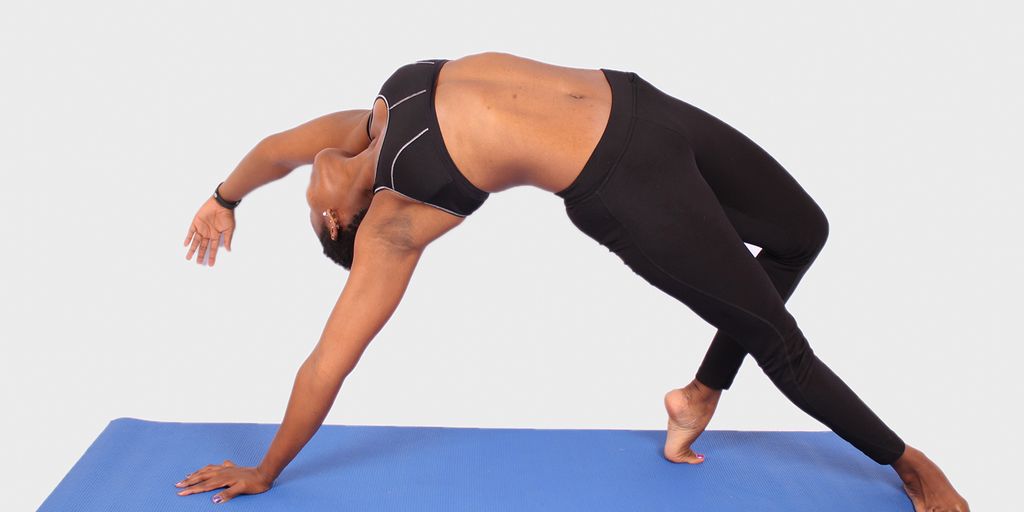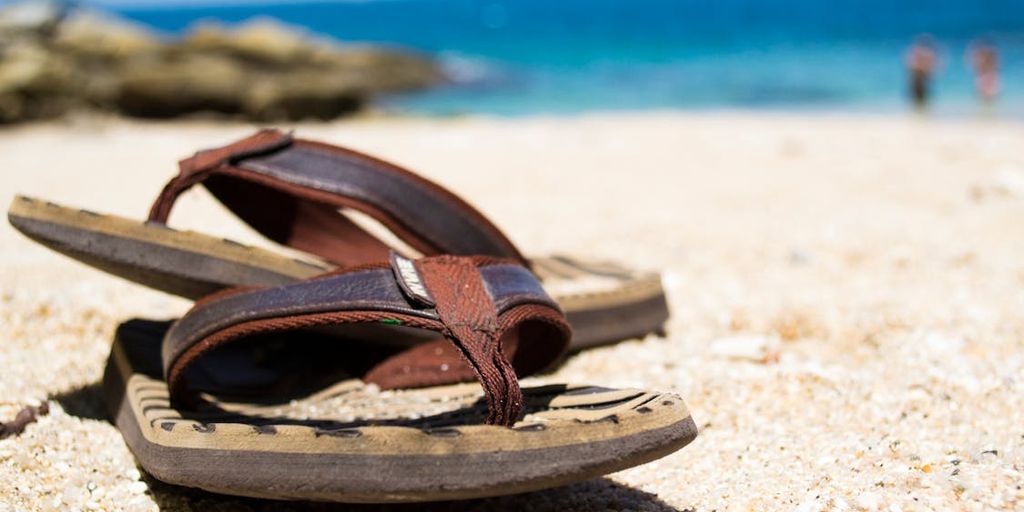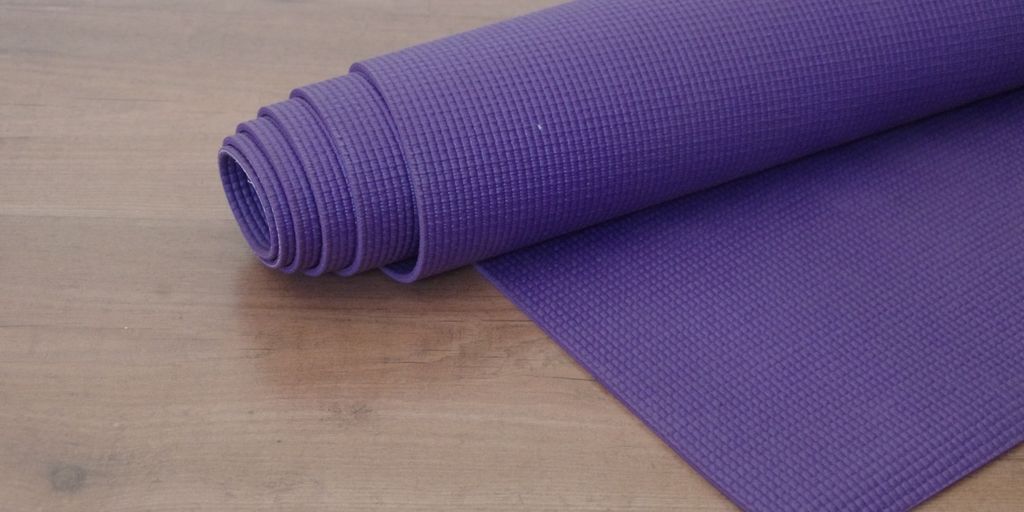
The Ultimate Guide to Choosing the Perfect Folding Yoga Mat
Choosing the perfect folding yoga mat can significantly enhance your practice, providing the right balance of comfort, support, and convenience. With a plethora of options available, it's essential to understand the key factors that can influence your decision. This guide will walk you through the benefits, materials, thickness, size, and care tips to help you make an informed choice.
Key Takeaways
- Folding yoga mats offer unparalleled portability and convenience, making them ideal for on-the-go practitioners.
- The materials and durability of the mat are crucial for long-term use and environmental impact.
- Thickness and texture directly affect comfort, support, and grip, which vary across different yoga styles.
- Considering size and weight is essential for ensuring the mat fits your practice space and is easy to transport.
- Proper care and maintenance can significantly extend the lifespan of your folding yoga mat, providing better value for money.
Understanding the Benefits of a Folding Yoga Mat
Portability and Convenience
One of the primary benefits of a folding yoga mat is its portability. These mats are designed to be easily folded and carried, making them ideal for yogis on the go. Whether you're traveling to a studio, a park, or even a different city, a folding yoga mat ensures you can practice yoga anywhere without hassle.
Space-Saving Features
Folding yoga mats are perfect for those with limited storage space. Unlike traditional rolled mats, these can be neatly folded and stored in small spaces, such as a drawer or a closet. This space-saving feature makes them an excellent choice for urban dwellers or anyone looking to minimize clutter.
Versatility in Use
A folding yoga mat is not just for yoga. Its versatile design allows it to be used for various activities, including pilates, stretching, and even as a comfortable surface for meditation. This versatility ensures that you get the most out of your investment, making it a valuable addition to your fitness gear.
Investing in a folding yoga mat can significantly enhance your yoga practice by providing convenience, saving space, and offering versatile use options.
Materials and Durability of Folding Yoga Mats
Common Materials Used
Folding yoga mats are crafted from a variety of materials, each offering unique benefits. PVC (Polyvinyl Chloride) is a popular choice due to its durability and affordability. However, it is not the most eco-friendly option. TPE (Thermoplastic Elastomers), on the other hand, provides a more environmentally friendly alternative while maintaining good durability. Natural rubber and cork are also common, offering excellent grip and a more sustainable footprint.
Longevity and Wear Resistance
The longevity of a folding yoga mat largely depends on the material used and the frequency of use. PVC mats tend to last longer but may wear down with heavy use. TPE and natural rubber mats offer a balance between durability and eco-friendliness, though they might show signs of wear sooner than PVC. Regular maintenance can significantly extend the lifespan of your mat.
Eco-Friendly Options
For those prioritizing sustainability, eco-friendly options are available. Mats made from natural rubber, cork, and organic cotton are excellent choices. These materials are biodegradable and often free from harmful chemicals. While they might come at a higher price point, the environmental benefits and the peace of mind they offer can be well worth the investment.
Investing in an eco-friendly yoga mat not only benefits your practice but also contributes to a healthier planet.
Choosing the Right Thickness and Texture
Impact on Comfort and Support
When selecting a folding yoga mat, finding your balance between comfort and support is crucial. Thicker mats provide more cushioning, which is ideal for poses that put pressure on your joints. However, they can be less stable for balance poses. Thinner mats, on the other hand, offer better stability but less cushioning. Medium thickness mats offer a balance of both, making them versatile for various yoga practices.
Grip and Slip Resistance
Grip and slip resistance are essential features to consider. A mat with good traction will prevent you from slipping during your practice, ensuring safety and stability. Textured surfaces often provide better grip compared to smooth ones. It's important to test the mat's grip, especially if you tend to sweat a lot during your sessions.
Suitability for Different Yoga Styles
Different yoga styles may require different mat thicknesses and textures. For instance, a thicker mat is beneficial for restorative yoga, which involves holding poses for longer periods. In contrast, a thinner mat is more suitable for styles like Vinyasa or Ashtanga, where you move more dynamically. Consider your primary yoga style when choosing the right mat to ensure it meets your practice needs.
Size and Weight Considerations
Standard Dimensions
When selecting a folding yoga mat, it's essential to consider the standard dimensions. Most mats are around 68 inches long and 24 inches wide, but there are variations to accommodate different body types and preferences. Choosing the right size ensures optimal comfort and performance during your practice.
Weight and Portability
The weight of a folding yoga mat can significantly impact its portability. Lightweight mats, typically weighing between 1 to 2 pounds, are ideal for travel and easy to carry around. Heavier mats, while offering more stability, might be less convenient for on-the-go use.
Storage Solutions
Proper storage is crucial for maintaining the longevity of your folding yoga mat. Consider mats that come with a carrying case or straps for easy storage. Additionally, ensure the mat can be folded compactly to save space when not in use.
A well-chosen folding yoga mat balances size, weight, and storage solutions to enhance your yoga practice both at home and on the go.
Price Range and Value for Money
Budget-Friendly Options
For those new to yoga or on a tight budget, there are plenty of affordable folding yoga mats available. These mats typically range from $20 to $40 and offer basic features suitable for beginners. While they may lack some advanced features, they provide adequate support and portability for casual practice.
Mid-Range Choices
Mid-range folding yoga mats, priced between $40 and $80, strike a balance between quality and affordability. These mats often feature better materials and enhanced durability, making them a great choice for regular practitioners. They also tend to offer improved grip and comfort, which can enhance your overall yoga experience.
High-End Mats and Their Features
For those willing to invest in a premium product, high-end folding yoga mats can cost upwards of $80. These mats are made from top-quality materials and often include additional features such as extra cushioning, superior grip, and eco-friendly components. Investing in a high-end mat can be worthwhile for dedicated yogis who practice frequently and require a mat that will last for years.
When choosing a folding yoga mat, consider your budget and how often you practice. A higher initial investment can lead to greater satisfaction and longevity, especially for dedicated practitioners.
Caring for Your Folding Yoga Mat
Cleaning and Maintenance Tips
Regular cleaning is essential to maintain the hygiene and longevity of your folding yoga mat. Let the mat dry flat after every practice before rolling it up. This prevents moisture buildup and potential mold growth. Use a mild soap solution and a soft cloth to wipe down the surface. Avoid using harsh chemicals as they can degrade the material over time.
Proper Storage Techniques
Proper storage is crucial to extend the lifespan of your mat. After cleaning, ensure the mat is completely dry before folding and storing it. Store it in a cool, dry place away from direct sunlight to prevent fading and material breakdown. If possible, use a dedicated mat bag to protect it from dust and dirt.
Extending the Lifespan of Your Mat
To get the most out of your folding yoga mat, rotate its use to ensure even wear. Avoid placing it on rough surfaces that can cause abrasions. Regularly inspect your mat for signs of wear and tear, and address any issues promptly to prevent further damage. With proper care, your mat can provide a stable and comfortable practice surface for years to come.
Caring for your folding yoga mat is essential to ensure its longevity and performance. Regularly clean your mat with a gentle, natural cleaner and allow it to air dry completely before folding it away. For more tips and to explore our range of foldable yoga mats, visit our website.
Conclusion
Choosing the perfect folding yoga mat involves considering various factors such as material, thickness, portability, and personal preferences. By understanding your specific needs and preferences, you can make an informed decision that enhances your yoga practice. Remember to prioritize comfort, durability, and ease of maintenance to ensure that your mat supports you through every pose and transition. With the right folding yoga mat, you can enjoy a more fulfilling and convenient yoga experience, whether you're practicing at home, in the studio, or on the go.
Frequently Asked Questions
What are the main benefits of using a folding yoga mat?
Folding yoga mats offer portability, convenience, and space-saving features, making them ideal for travel and small living spaces.
What materials are commonly used in folding yoga mats?
Common materials include PVC, TPE, natural rubber, and eco-friendly options such as cork and organic cotton.
How do I choose the right thickness for my folding yoga mat?
The right thickness depends on your comfort and support needs. Thicker mats provide more cushioning, while thinner mats offer better stability.
Are folding yoga mats suitable for all types of yoga?
Yes, but the suitability depends on the mat's texture and grip. Ensure the mat you choose offers slip resistance and is appropriate for your specific yoga style.
How should I clean and maintain my folding yoga mat?
Regular cleaning with a mild detergent and water, proper drying, and storage in a cool, dry place will help maintain your mat's condition.
What should I consider when looking at the price range of folding yoga mats?
Consider your budget, the features you need, and the mat's durability. Budget-friendly options are available, but investing in a higher-end mat may offer better longevity and performance.


